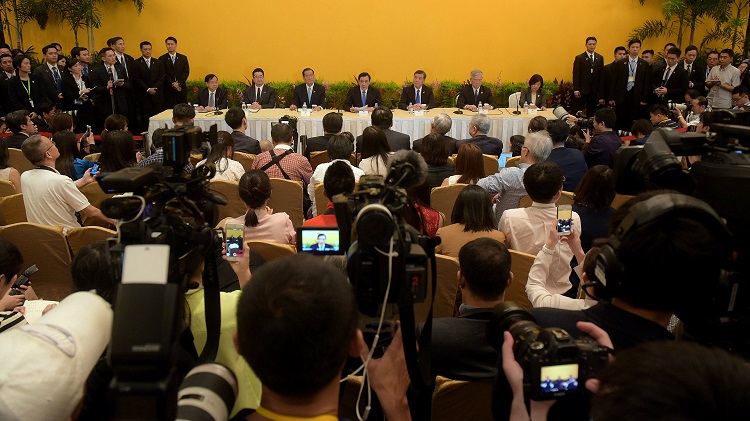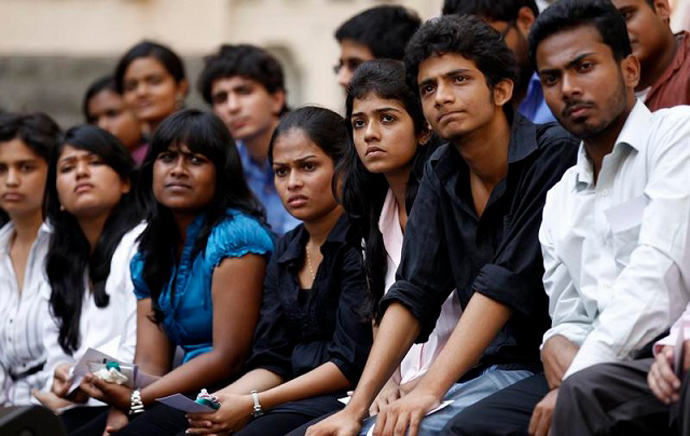( 2 min )
Let's take a situation to explain the process of TNA.
Newspapers have been clamoring in recent years to become 'digital' since they have seen a lot of their readership moving to the online medium. Turning a newsroom into a digital newsroom requires the manpower - journalists, editors, photographers, designers - to get equipped with new skills in handling a new medium. Let's take the example of the business newspaper, Mint to explain how it would have gone about getting its manpower trained to run a digital newsroom.

The process of TNA consists of the following steps:
Step 1 - Gain organisational support.
Gain support from the organization's key people and form liaison team, if required.
The first step is obviously going to be to convince the editor-in-chief and the CEO that with the exodus of readers from print to online, the existing skills of the manpower won't be enough to serve a drastically different medium. Having convinced them with international case studies (New York Times, Financial Times, etc.), build a crack team with members who the manpower trusts, have knowledge of the digital space and have a good understanding of how to structure effective training programmes.

Step 2 - Determine desired outcome of the training.
Clarify the training goals and the desired business outcomes.
The training will be broken down into 4 parts for 4 different personnel - journalists, editors, designers and photographers. Each will have their training goals - for example, learning to shoot facebook live and instagram stories for photographers - and their business outcomes - longer time spent by users on the site as well as social media handles consuming visual content.

Step 3 - Link the outcomes to employee behaviours.
Identify the competencies which are related to the outcome, and understand which competencies are critical for achieving the business goal.
In the case of the newspaper photographers, they usually focus on getting that one picture that will get published the next day. Now they will have to focus on getting short videos as well (the change in equipment being the other aspect which will run parallel to this). This requires them to be able to capture sound as well as movement over and above that one arresting visual. The critical competency here is to be able to shoot quick, clear videos in bad light and noisy places.

Step 4 - Identifying trainable competencies.
Evaluate the competencies which have to be worked on.
While a still photographer understands angles, lighting, etc, he will have to develop competencies in picking the right part of a press conference or event to shoot a video of, the best sound equipment to use and the quickest way to send across the data from the venue to the newsroom.

Step 5 - Evaluate competencies and determine performance gaps.
Evaluate current competencies through tests, performance evaluations, surveys, customer feedback etc.
There will be various approaches tried for every subsequent shoot. A sample group of target users will also be set up who will evaluate the resultant videos and give feedback on what are the kind of videos they enjoy.

Step 6 - Prioritize training needs.
Define the percentage of employees who need the training, and the criticality of the business objectives which will help in deciding which competencies have to be worked upon.
Not all photographers will be trained at one go. The ones based out of Delhi and Mumbai, who regularly have to report news as they break from press conferences and events, will be prioritised. Others in smaller bureaus, shooting for investigative reports and features, won't be contributing to immediate news updates at a frenetic pace, so they will not be given training immediately.
Step 7 - Determining training methods.
Take into account the learning philosophy in the organisation, andragogy assumptions, best practices in the company and the industry. Choices could be - on the job, mentoring and coaching, classroom, web based, research papers, academic conferences etc.
The crack team will hire consultants from the digital media industry who will accompany photographers at the shoots to train them on the job, it will also sign up the photographers for online training on portals like Konversations, etc. It will have senior video cameramen from the TV and digital media to come take training sessions.

Step 8 - Conducting a cost-benefit analysis.
Take into account the associated costs of the training, extent to which the training will address the performance gap, impact on business etc. They will include - training time, lost productivity, logistical expenses etc.
Every training method will be chosen on the basis of costs attached. A course on a portal like Konversations would cost a lot less than a senior veteran from the TV industry accompanying individual photographers on their shoots.
Step 9 - Plan a training evaluation.
Understand if the training improved the performance, analyse the impact on business etc.
Once a certain duration has elapsed, the output of the photographers will be evaluated to see how the training has impacted them. The amount of time spent on the site, the number of views for the videos, the kind of advertising revenue they help in generating, are some of the parameters to measure the impact of the training on the business.

Key Takeaways:
1. Determine the measurable expected outcomes of training before conducting it.
2. Training should be cost-effective and well-planned.
3. There may be multiple training needs - but they need to be prioritised on the basis of the urgency and the economic implications involved.
Commonly Asked Interview Question:
Explain how you will go about conducting TNA for our business. We want our accounts department to go digital.
Up Next:
Conducting training is pointless if we don’t achieve the expected outcomes. In the next chapter, we will discuss how to evaluate the effects of training.
Please
Login
to Discuss
Don't Miss Out!
JOIN THEM NOW
 ALL COURSES
ALL COURSES  LIVE CHATS
LIVE CHATS  EXPERTS
EXPERTS  MY CERTIFICATES
MY CERTIFICATES  ABOUT
ABOUT  SUPPORT
SUPPORT
DISCUSS